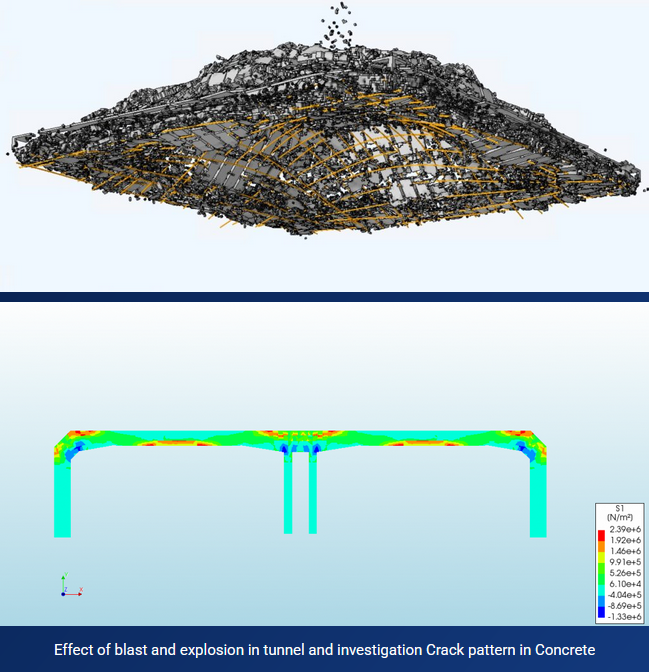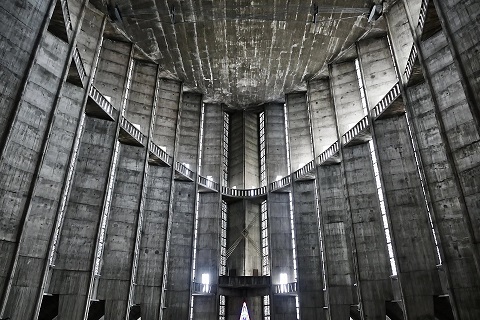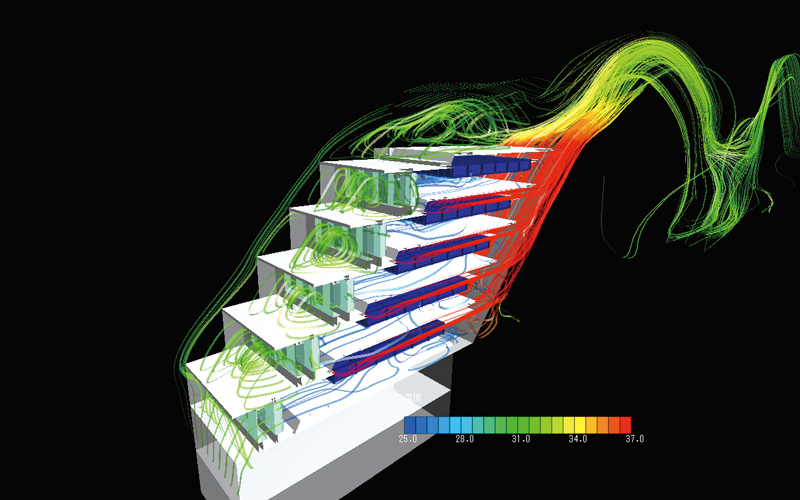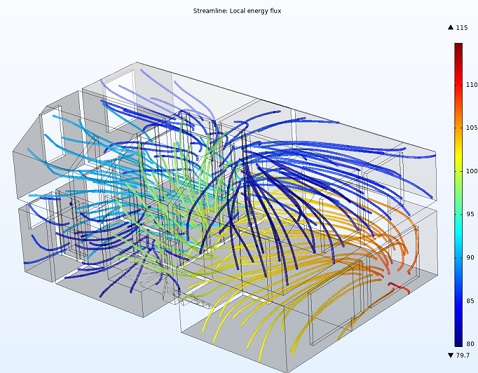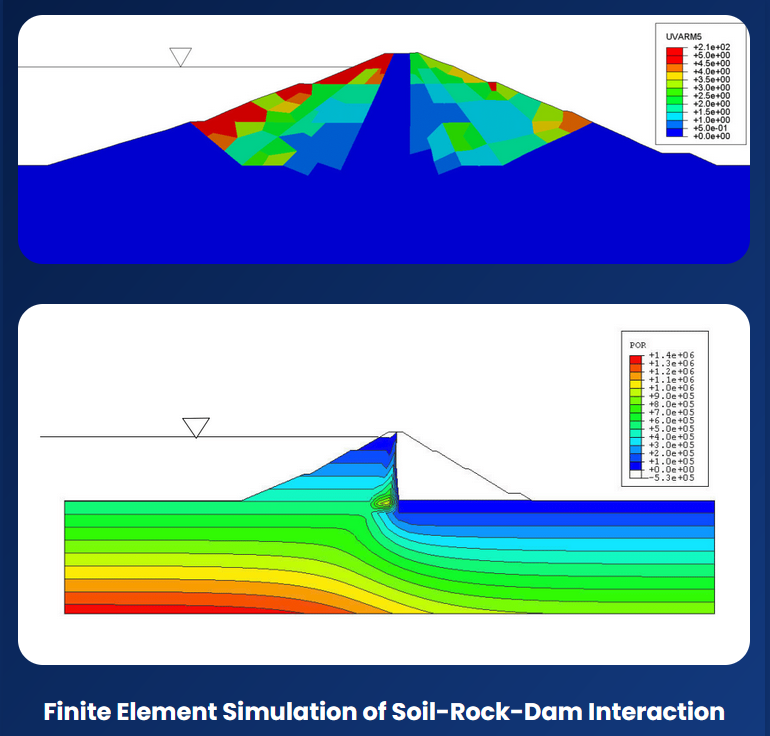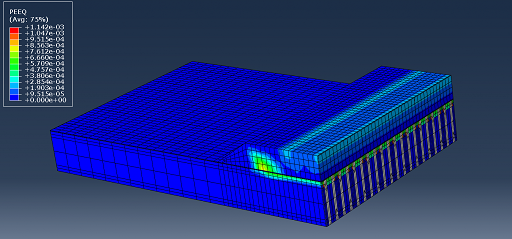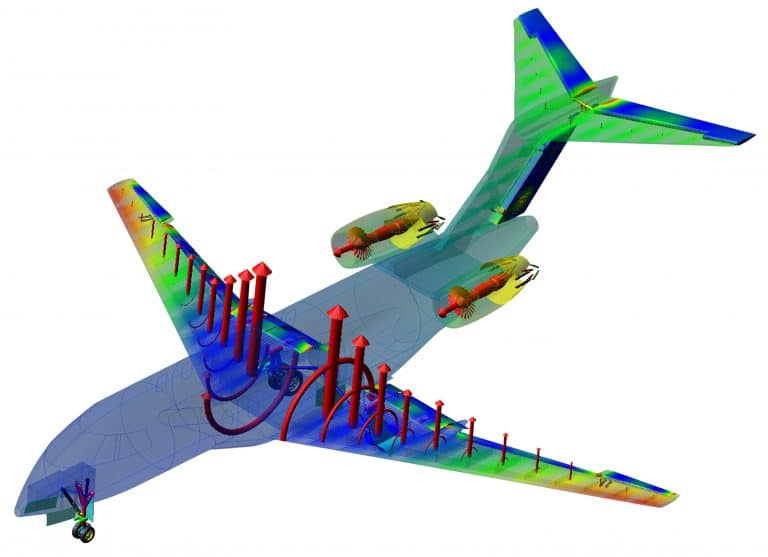Reinforced concrete is widely used in construction due to its durability and strength. The simulation involves modeling the damage initiation and propagation until structural failure occurs. This can be achieved by realistically modeling the geometry and material behavior of concrete and individual reinforcement and defining their complete interconnection.
Finite element method (FEM) software provides advanced special purpose user-defined and general-purpose analysis functionality that allows for the modeling of the reinforced concrete structure from construction, through its service life, to failure. The modeling process involves defining the physical properties and material behavior of the concrete and reinforcement, including their strength, elasticity, and failure modes. The software can then simulate the behavior of the structure under various loading conditions, such as static loads or dynamic loads caused by earthquakes or wind.
Reinforced concrete simulation can also be used to analyze the behavior of structures under extreme events, such as blast loading or impact loading. In such cases, the simulation can help to identify potential failure modes and determine the necessary reinforcement to prevent catastrophic failure.
The simulation results can be used to optimize the design of the reinforced concrete structure and to ensure that it meets the required safety and performance standards. This process involves evaluating the stress and strain levels in the concrete and reinforcement and ensuring that they are within acceptable limits.


